Seven of the cutest wildlife experiences in the world
The best bucket-list experiences for fans of cute wildlife
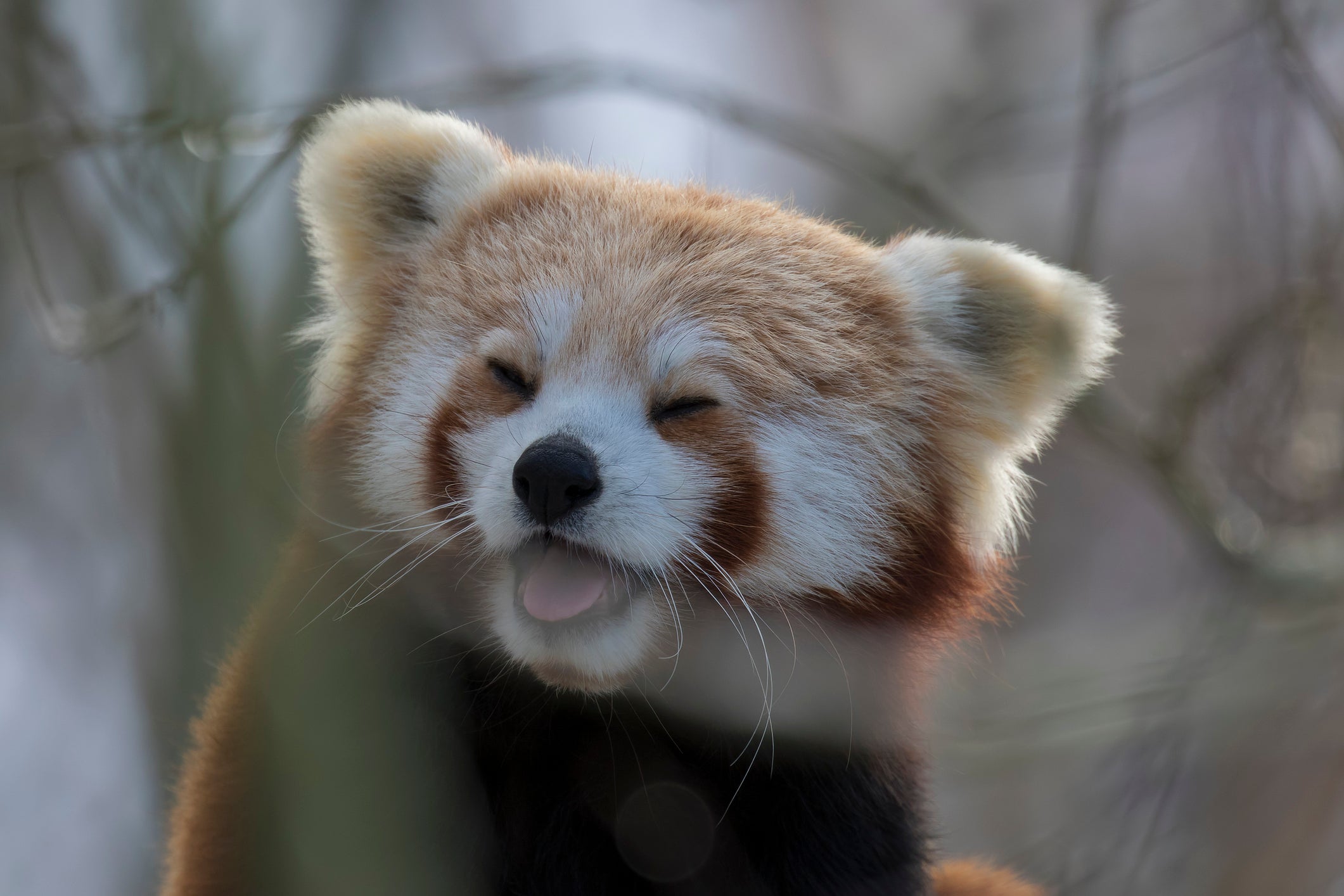
Your support helps us to tell the story
From reproductive rights to climate change to Big Tech, The Independent is on the ground when the story is developing. Whether it's investigating the financials of Elon Musk's pro-Trump PAC or producing our latest documentary, 'The A Word', which shines a light on the American women fighting for reproductive rights, we know how important it is to parse out the facts from the messaging.
At such a critical moment in US history, we need reporters on the ground. Your donation allows us to keep sending journalists to speak to both sides of the story.
The Independent is trusted by Americans across the entire political spectrum. And unlike many other quality news outlets, we choose not to lock Americans out of our reporting and analysis with paywalls. We believe quality journalism should be available to everyone, paid for by those who can afford it.
Your support makes all the difference.One of the most enjoyable parts of travel is discovering the many weird and wonderful animals that inhabit our planet, whether that’s visiting Cat Island in Japan or spotting seals in the Scilly Isles.
Here are the cutest wildlife experiences around the world to get your kawaii fix.
Cat Island in Japan
View this post on InstagramA post shared by Jono✈📷 (@jonovstheworld) on
The tiny island of Aoshima off the southern coast of Japan is home to a colony of cats. Colloquially known as “Cat Island”, this small fishing islet is home to over 100 cats, which outnumber human residents eight to one. Originally brought to the island to kill the mice that were flocking to the fishing boats, the cats promptly multiplied and were fed by feline-loving locals. The cats are widely held in high esteem: cans of cat food are regularly sent to the island from across Japan.
Sloths in Costa Rica
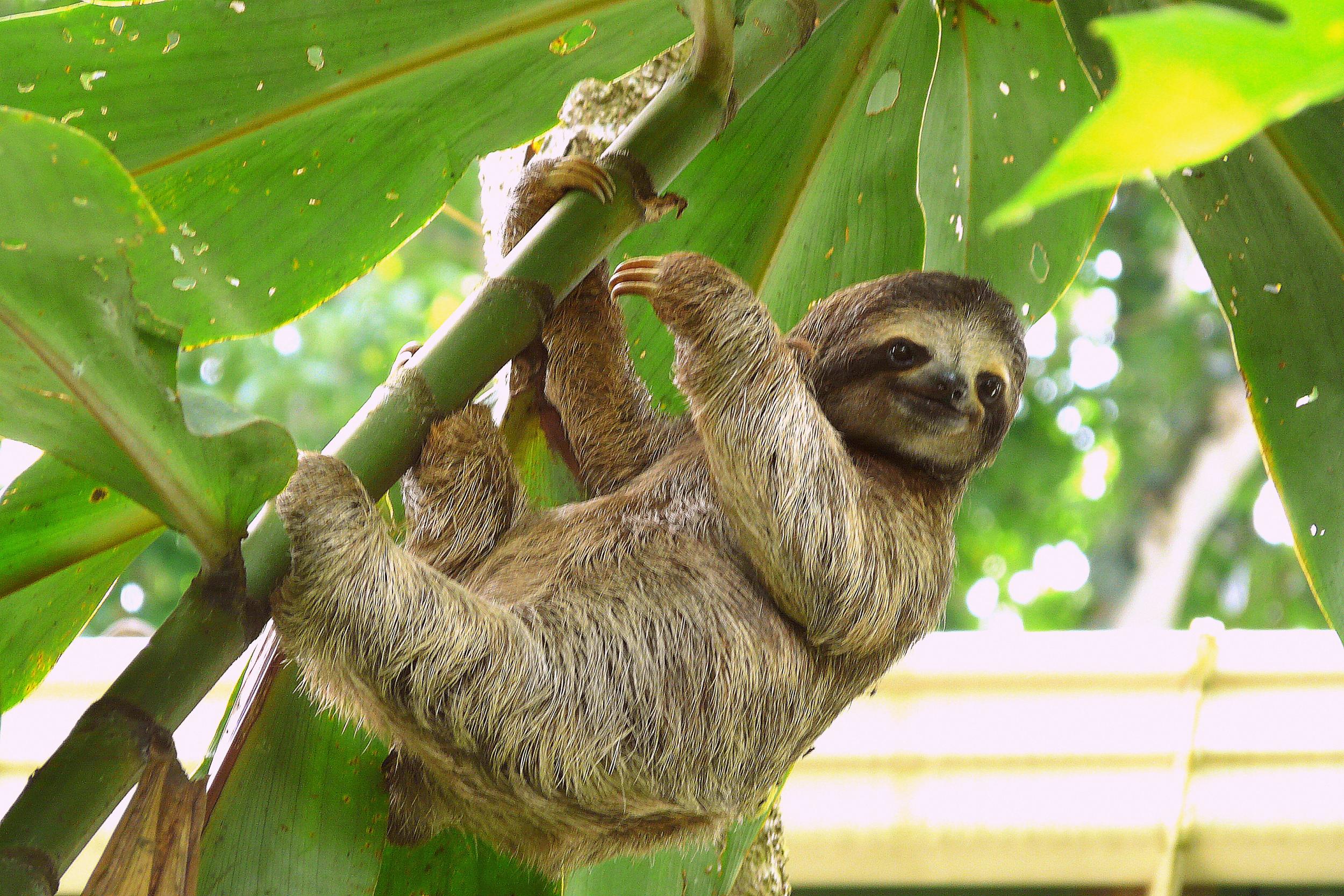
What’s not to love about a sloth? Slow-moving and smiley, these adorable creatures call the rainforests of central and south America home. They snooze for around 15 hours a day and are often well camouflaged by trees, so it can be a challenge spotting these languid beasts in the wild. To increase your chances, hire a local guide that knows the local sloth population, plus pack a pair of binoculars. If you’re in luck, you might see one sleeping in the treetops or crossing the road (very slowly).
Pandas in Sichuan province, China
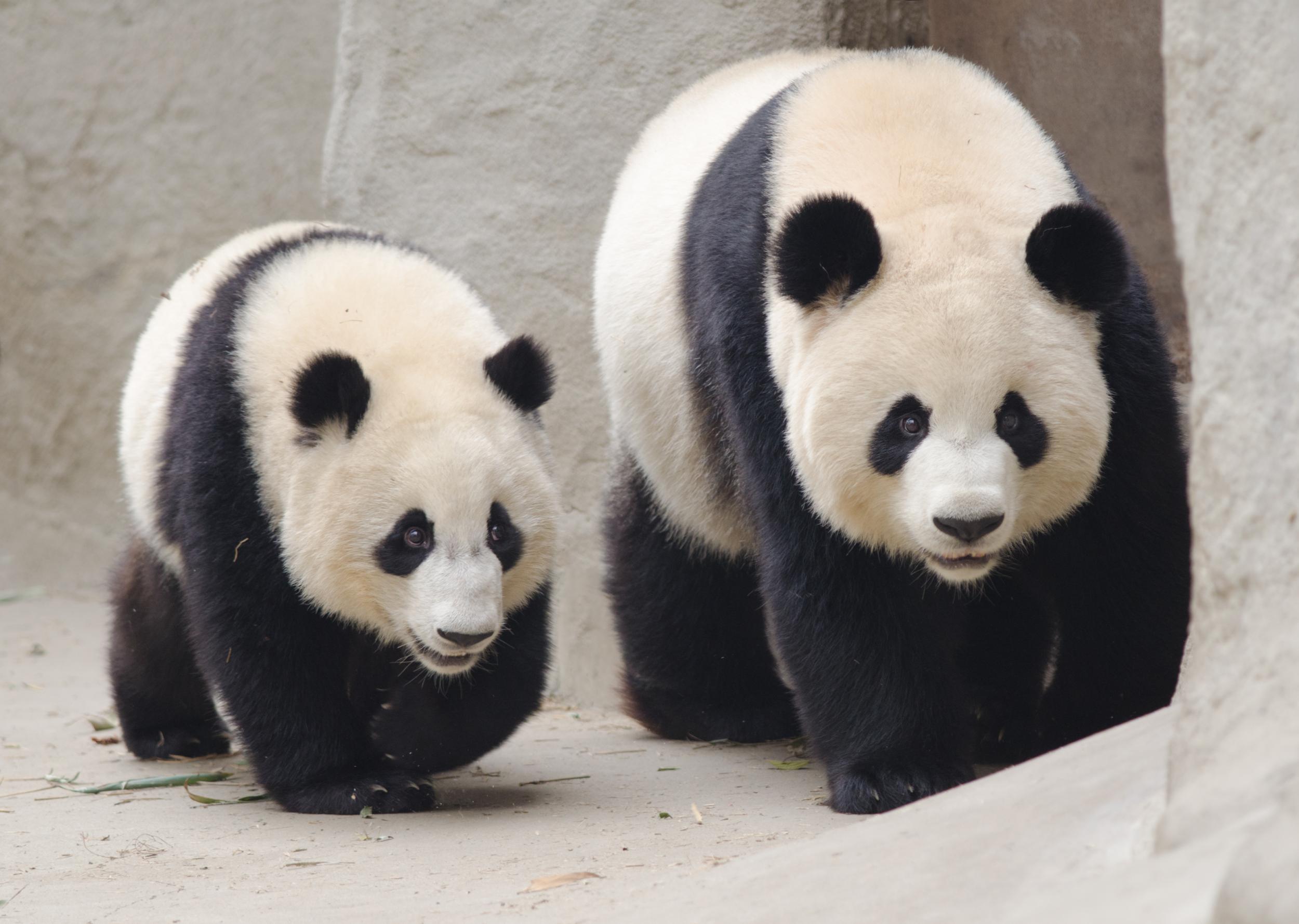
As the national animal of China and a global symbol of conservation, the giant panda’s status was downgraded from “endangered” to “vulnerable” in 2016, despite there being fewer than 2,000 remaining in the wild. Bifengxia Giant Panda Base, a branch of the Chinese Conservation and Research Centre of Giant Panda, is just outside the city of Chengdu and home to around 60 pandas. Visitors can watch staff feeding and weighing the panda cubs, which are usually born between July and September.
Quokkas on Rottnest Island, Australia
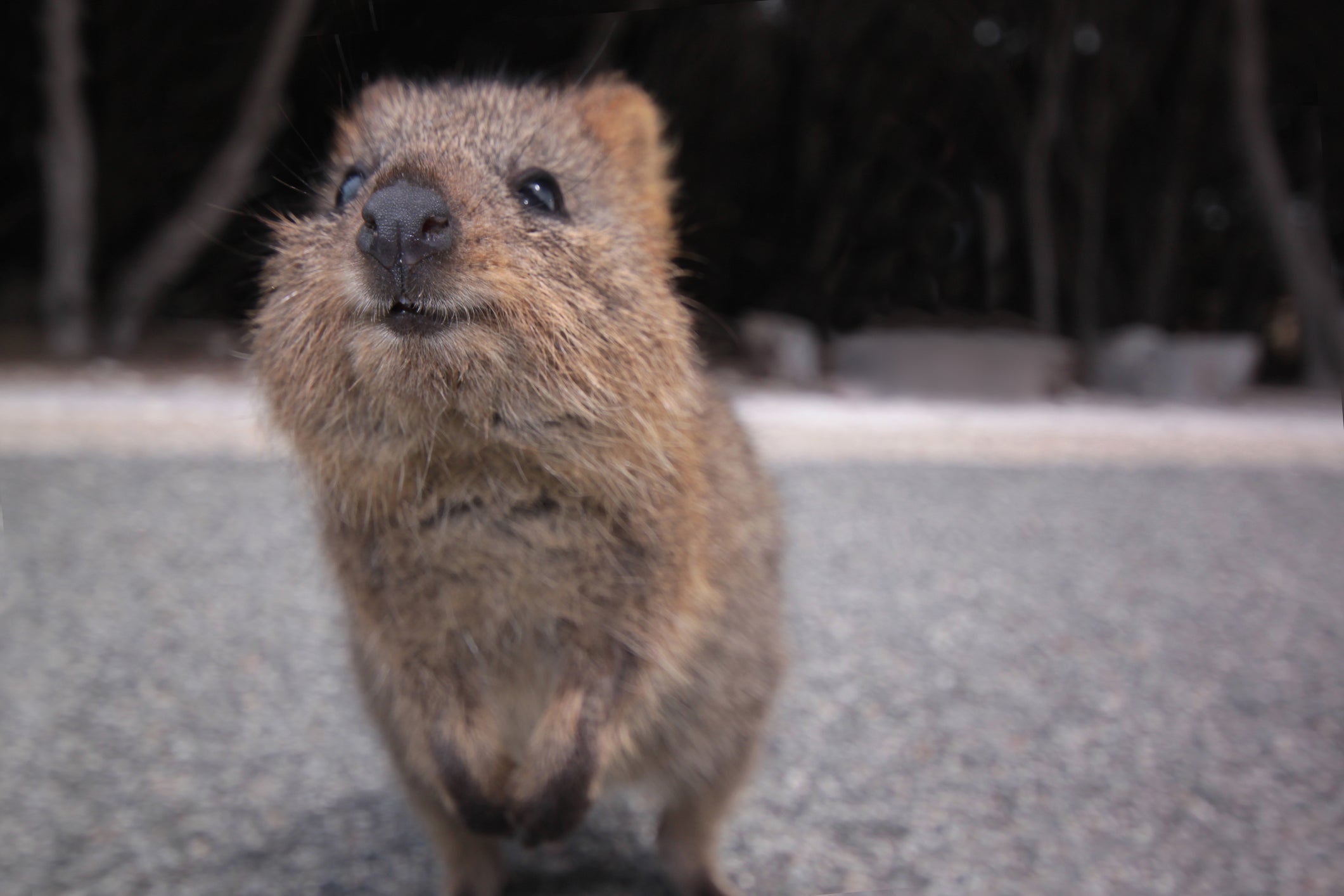
As member of the kangaroo and wallaby family, these friendly marsupials run rife on Rottnest Island off the west coast of Australia, just a short ferry trip from Perth or Fremantle. While their “smile” is a major part of the quokkas’ mass appeal, it’s actually an evolutionary feature that enables them to pant and stay cool.
Red pandas in Darjeeling, India
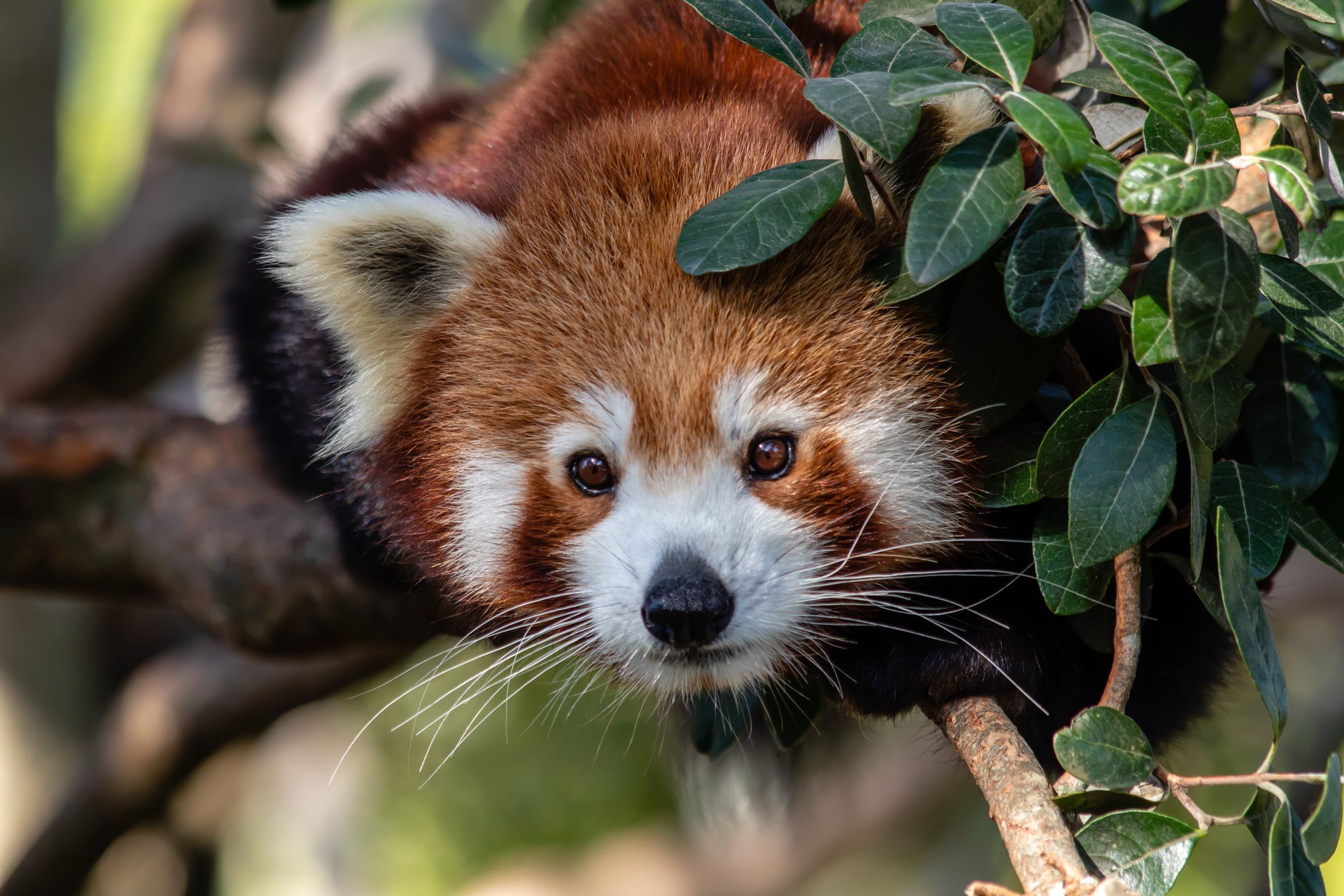
The red panda is an endangered species found in high altitude forests of the Himalayas. Following a captive breeding programme at the Padmaja Naidu Himalayan Zoological Park, the Singalila National Park of Darjeeling, India, was selected for the reintroduction of these kitten-faced creatures into the wild. Visitors to the park can sometimes see these solitary mammals in the trees where they spend most of their time.
Seals in the Scilly Isles, UK
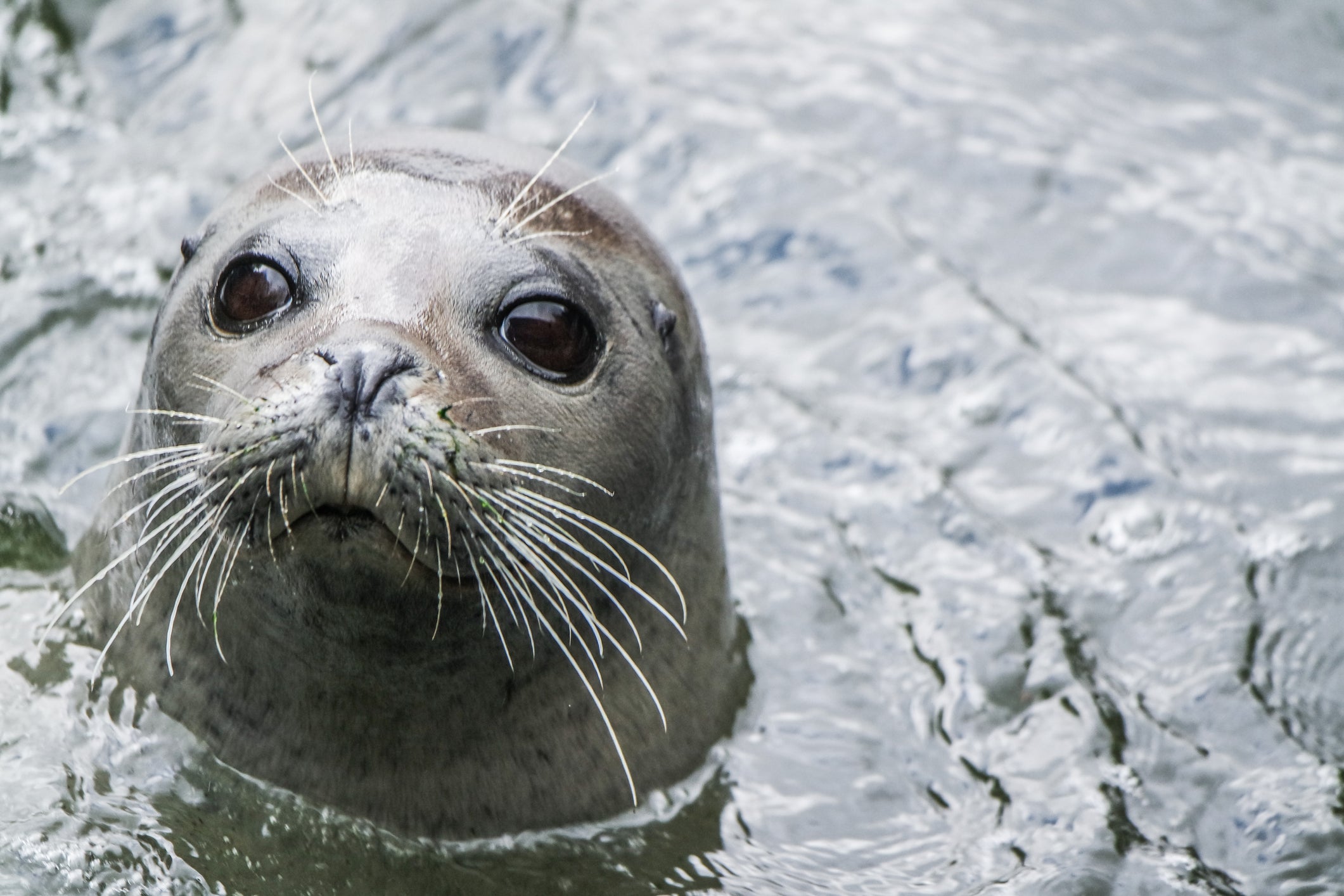
With their big black eyes and whiskers, seals are widely regarded as one of nature’s most adorable animals. Scilly Seal Snorkelling has been running snorkelling trips with seals from St Martin’s, the largest of the Scilly Isles, for over 20 years. A colony of seals reside at the Eastern Isles all year round, so the likelihood of getting up close and personal with these gentle creatures is high.
Rabbits in Japan
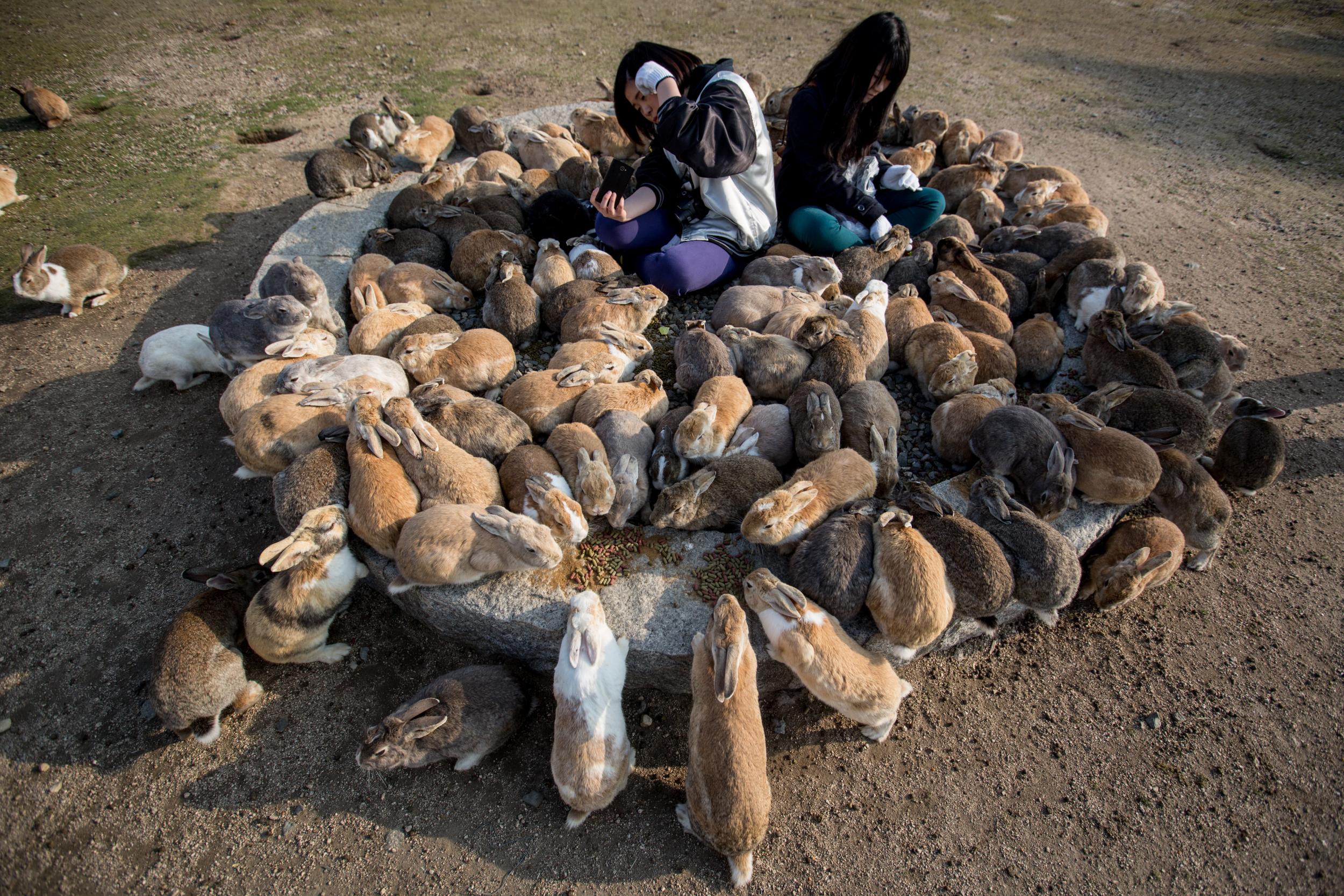
Located around 50km east of Hiroshima in Japan, Okunoshima Island has a dark history. In the late 1920s, the island was a top-secret military base housing a poison gas factory that produced chemical weapons. Happily, those days are gone and the island is now home to over 1,000 rabbits that approach tourists in the hope of food as soon as they disembark the ferry.
The Independent encourages responsible wildlife encounters. Watch animals from a respectful distance and do not touch or feed wild animals.
Join our commenting forum
Join thought-provoking conversations, follow other Independent readers and see their replies
Comments